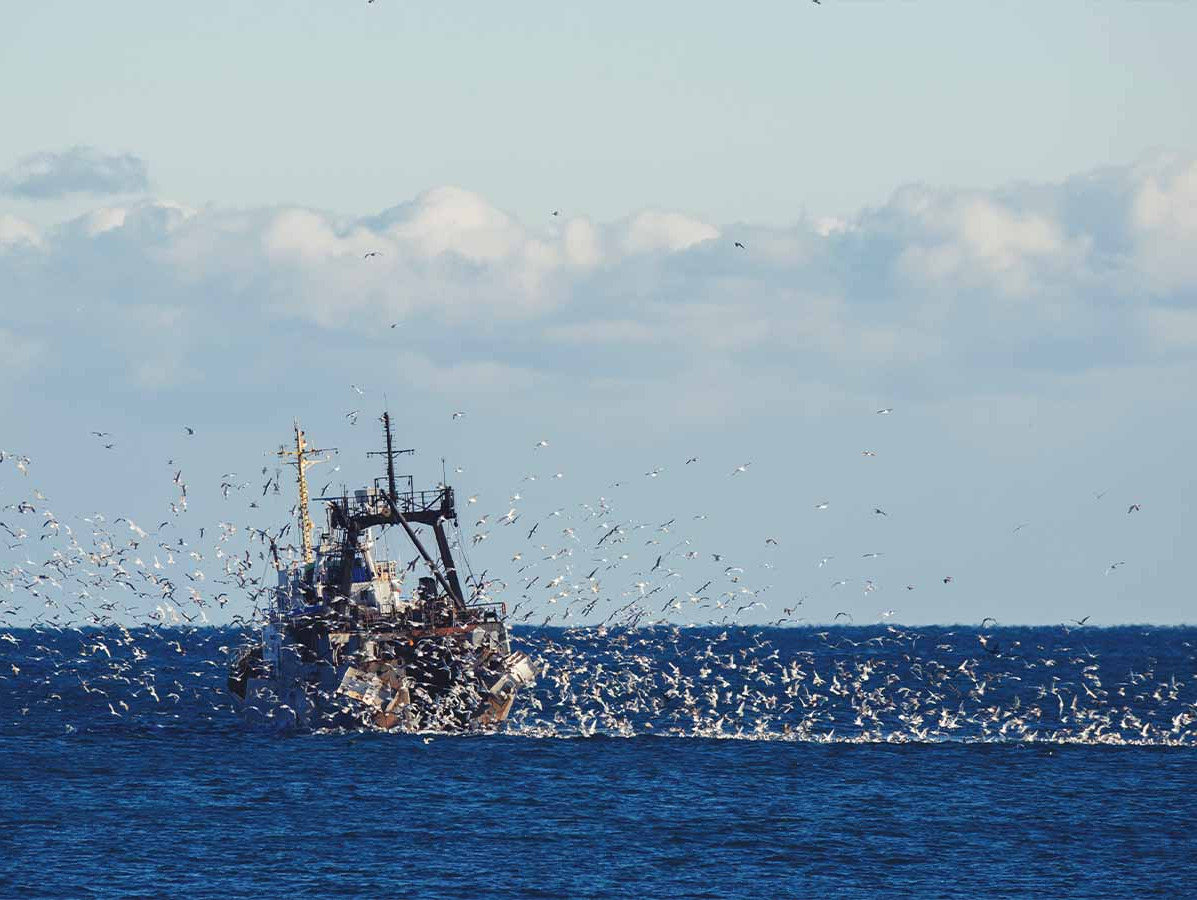
Dutch fishermen are facing a tough year. The cutter fishery suffered a loss of 3.1 million euros in 2023, a sharp decline compared to the 3.7 million euros profit in 2022. The shrimp fishery saw a dramatic loss of 8 million euros. Total landings decreased by 39%, from 48 million kg in 2022 to 34 million kg in 2023, while revenue plummeted by 26% to 176 million euros. With a shrinking fleet and rising costs, the future of the sector remains uncertain.
The fleet of active cutters shrank significantly, from 261 to 216 vessels. This reduction resulted in a 17% decrease in sea days. The twinrig and quadrig methods also faced losses, with a combined deficit of 1.5 million euros. Only the beam trawl and flyshoot fisheries saw modest profits of 4.5 million euros and 1.7 million euros, respectively.
The total landings of the cutter fleet fell to 34 million kg of fish and shellfish, a 39% decrease. Shrimp landings, in particular, plummeted by 54%, significantly affecting the sector's total revenue. The average landing price of fish slightly increased but could not offset the loss in volume. Despite these price increases, fishermen saw their incomes drop sharply. Lower fuel costs due to falling gas oil prices did not fully compensate for this decline.
The large-scale sea fishery, with eight trawlers, recorded a loss of 5 million euros in 2023. Reduced activity and declining revenues were major factors here as well. Smaller sea fisheries and mussel farming managed to achieve modest profits, but both saw lower total landings and revenues compared to the previous year. Mussel farming experienced higher landings, but the average landing price decreased.
International fish trade declined slightly in 2023. Export value dropped by 3%, while export volume decreased by 2%. Import value also fell, despite a slight increase in volume. Dutch processors and traders are becoming increasingly dependent on imported fish due to the declining supply of North Sea fish. This trend could have long-term negative impacts on the processing industry in the Netherlands.
The Dutch fishing industry faces significant challenges. The declining supply of North Sea fish and the aging fleet are worrying. Investments in sustainability and modernization are lacking, partly due to the difficult financial situation. The average age of the cutters is now 39 years, indicating an urgent need for renewal. It is crucial for the sector to develop strategies that ensure both sustainability and economic viability.
Source: Wageningen University & Research